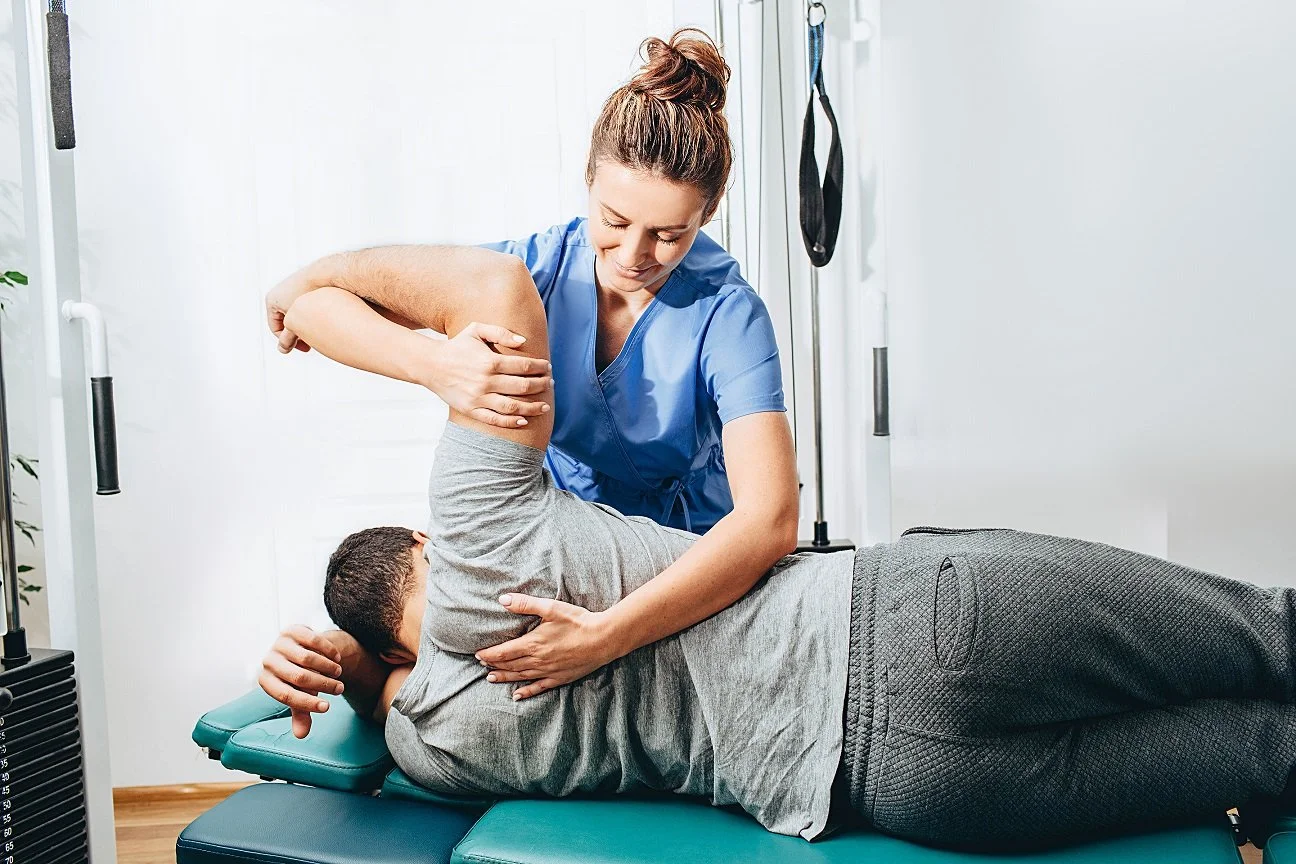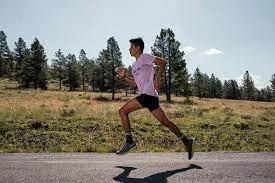Balancing Strength and Flexibility for Women
In the fitness world, there’s a debate between whether you should prioritize strength-building workouts like weightlifting, or flexibility-focused activities like yoga or pilates. For women, the decision becomes even more critical due to hormonal fluctuations from menstruation, and throughout the phases of life.
In this blog post, we'll delve into the science behind the benefits of lifting heavy weights versus yoga & pilates, and explore the concept of cycle syncing, shedding light on how women can optimize their workouts based on their menstrual cycles.
Read More
Aging Gracefully: Understanding the Changes in Our Bodies and Staying Healthy
As the years pass, we might feel a bit slower, experience stiffness in the morning, or find it challenging to maintain the same workout intensity without feeling sore. While these changes are a natural part of aging, understanding how our bodies evolve on a cellular level can empower us to take steps to slow down the process. In this blog post, we'll explore the physiological changes that accompany aging and discuss practical strategies to stay active and healthy as we age.
Read More
October: National Physical Therapy Month - Understanding the Role of Physical Therapists
Whether you're dealing with an acute injury, a chronic condition, or aiming to prevent future problems, PTs can be your best allies. In this blog post, we will explore what we do at Restore Physical Therapy, especially in the orthopedic setting, and why considering physical therapy as your first choice can save you time, money and offer long-lasting solutions.
Read More
Neck Pain from Desk Jobs: 3 Exercises to Alleviate Tech Neck
Is your desk job a pain in the neck? Sometimes known as “tech neck,” sitting in the same position for many hours a day can lead to chronic neck pain. If you are suffering from neck soreness, headaches, stiffness, or tight shoulders, you’re probably not alone.
Read More
How Chronic Stress is Making You Sick and 5 Things You Can Do About It.
Stress is a natural human reaction that can be a good thing in certain situations. However, experiencing long-term or chronic stress can take a toll on the body and lead to serious illness.
Read More
Diaphragmatic Breathing Techniques for Pain Management
Discover how diaphragmatic breathing can improve your pain management skills, increase core strength, and reduce stress-induced tension for a healthier you!
Read More
3 Common Causes of Post-Pregnancy Back Pain
Back pain is a common complaint in people who are pregnant or who have had children. Any mother will agree that pregnancy and childbirth cause dramatic changes in our bodies. Loosened joints, stretched abdominals, or lifting young children are all common causes of back pain. Ignoring these hazards, or jumping too quickly into physical activity can lead to injury, even years down the line.
Read More
ACL Success with Lucy Masto
Meet Lucy Masto…an east coast native, living in California, who moved back to the northeast to pursue her degree at Brown University. Lucy is an incredible student who also has a knack for athletics. Unfortunately, during Lucy’s Fall lacrosse season, she came face to face with many athlete’s worst nightmare…a torn ACL.
Read More
3 Reasons Why Cadence Training Will Improve Running Mechanics
When working with running clients, it is important to understand that there are many elements to improving mechanics and decreasing pain. Certainly, it begins with an injury evaluation to eliminate pain. It then moves to foundational strengthening & mobility training. Lastly, a running evaluation is necessary to dive into the root cause of the injury and begin correcting mechanical issues that can thus prevent future breakdown. One of my favorite exercises to incorporate following the running analysis is cadence training! Cadence is the speed of which your feet are hitting the ground while running, or beats per minute (BPM). By INCREASING your cadence, you will improve running mechanics by developing dynamic stability in the core/hips, decrease ground-reaction forces and begin transitioning to forefoot running.
Read More









